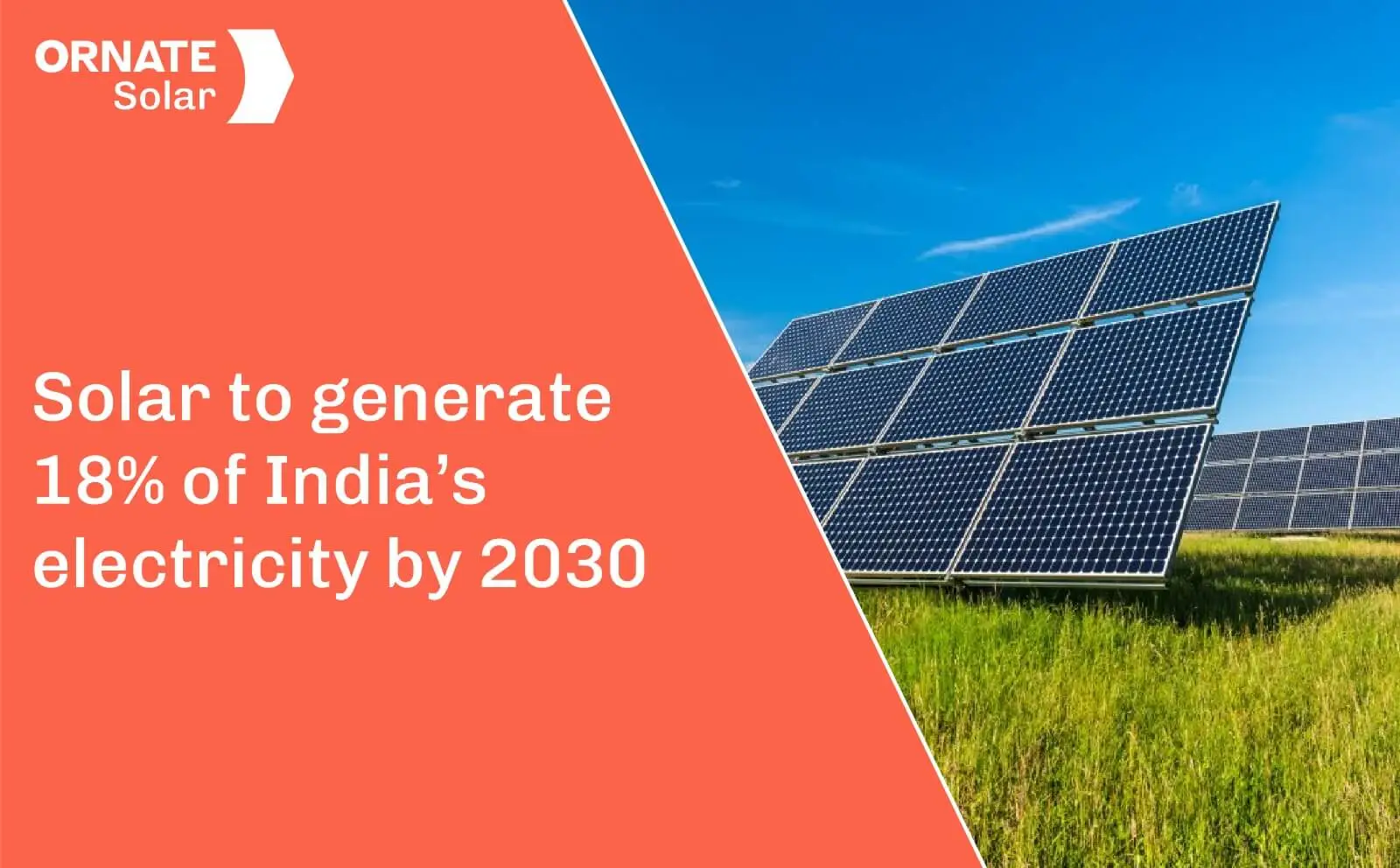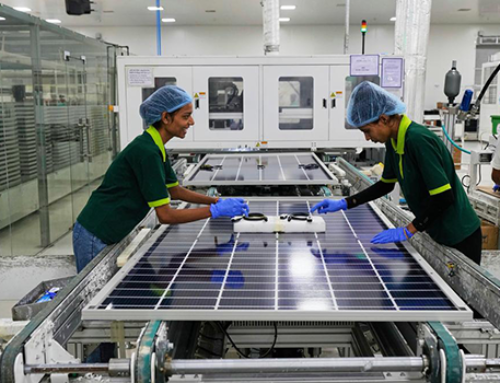

The International Energy Agency (IEA) has predicted that 18% of India’s electricity will be generated by solar sources by 2030. Currently, only 6% of electricity is sourced from solar. Moreover, renewables will account for 50% of the world’s electricity by 2030 due to clean energy technologies such as solar, wind, EV, and heat pumps.
The data was revealed in IEA’s new World Energy Outlook 2023.
The report also shows that solar manufacturing is currently concentrated in 5 nations, which account for 90% of the global solar capacity. Out of these, China stands at the top with 80% of the global market. It is followed by Viet Nam (5% of the global market), India (3%), Malaysia (3%) and Thailand (2%).
IEA highlights how India is expanding its domestic module manufacturing capacity through the recently launched PLI scheme. Moreover, projects in the pipeline under the scheme suggest that the nation’s manufacturing capacity could exceed 70 GW every year by 2027.
Data reveals that India is expected to meet its 2030 target of achieving 50% non-fossil fuel-based electricity before the end of the decade.
If the new solar PV module manufacturing capacity under the PLI program comes fully online by 2026, it would progress the solar PV module manufacturing capacity in India to well over what is needed until the end of this decade not just in the Stated Policies Scenario (STEPS) but also in the Announced Pledges Scenario (APS),” projects IEA.
The Stated Policies Scenario (STEPS) and Announced Pledges Scenario (APS) are used by the IEA to map the trajectory of progress against the policies, targets, and commitments made by governments worldwide.
Additionally, module imports will continue for a few years due to the gap between the solar capacity set to come online and the panels being manufactured in India. Nevertheless, as local manufacturing accelerates, the International Energy Agency (IEA) foresees a decrease in imported PV modules. In addition, India is expected to emerge as a dependable exporter in the coming years.
IEA reveals that due to rising temperatures and increasing requirements for air conditioners, India’s electricity demand is also growing at a rapid pace. In this scenario, ‘finding and financing low-emissions of meeting the energy demand’ is crucial.







Leave A Comment